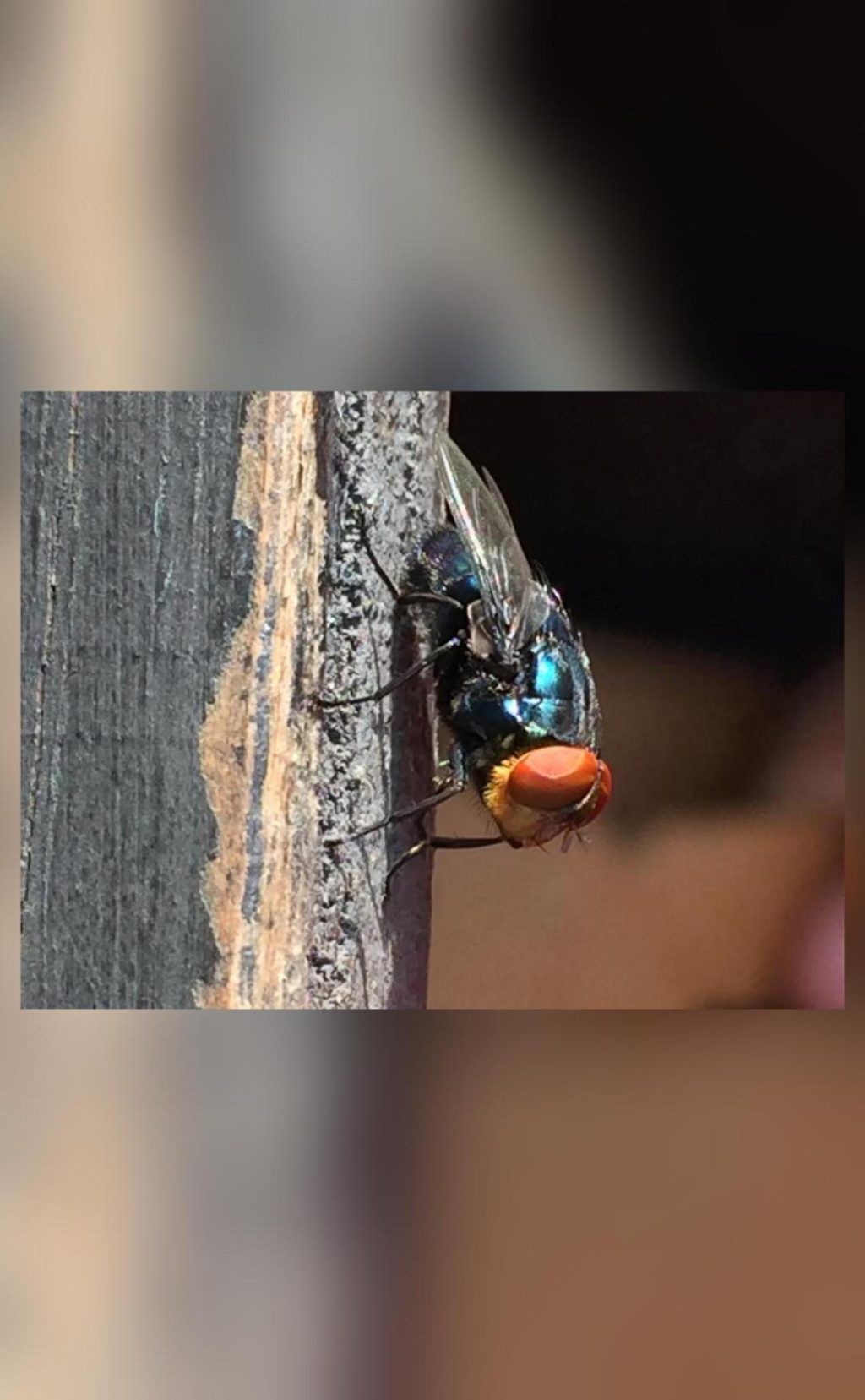
Why is the US Planning to Breed Screwworm Flies and Dump them from Planes over Mexico?
The United States government is embarking on an unusual plan to protect its beef industry from the flesh-eating larvae of the New World screwworm fly. To achieve this, the US government is preparing to breed billions of male flies and dump them from planes over Mexico and southern Texas. The male flies will be sterilized with radiation, making it impossible for them to reproduce with female flies and causing the population to die out.
The plan, which has been in the works for years, is a novel approach to controlling the screwworm fly population. The New World screwworm fly is a parasitic insect that lays its eggs in the skin and flesh of warm-blooded animals, including cattle, horses, and sheep. Once the larvae hatch, they feed on the animal’s flesh, causing severe damage and potentially leading to death.
The screwworm fly is a significant threat to the US beef industry, as it can cause significant economic losses and harm to animal health. In the past, the fly was eradicated from the US in the 1960s through a concerted effort involving government agencies, farmers, and animal health professionals. However, the fly has recently been detected in parts of Mexico and southern Texas, posing a significant threat to the US beef industry.
To combat this threat, the US government is planning to release sterilized male screwworm flies over Mexico and southern Texas. The male flies will be bred in a laboratory and sterilized using radiation, making them unable to reproduce with female flies. This will cause the population of screwworm flies to decline over time, ultimately leading to their eradication.
The plan is being implemented by the US Department of Agriculture’s Animal and Plant Health Inspection Service (APHIS), in collaboration with the Mexican government and other stakeholders. The project is expected to cost millions of dollars and involve the release of hundreds of millions of sterilized male flies over a period of several years.
The use of sterilized male flies to control insect populations is not a new approach. This method has been used successfully in the past to control the population of other insect species, including the Mediterranean fruit fly and the Mexican fruit fly. However, the use of sterilized male screwworm flies is a more complex and challenging task, due to the fly’s biology and behavior.
The screwworm fly is a highly mobile insect, able to fly long distances and navigate complex terrain. This makes it difficult to target the flies with sterilized males, as they can easily evade capture or migrate away from the release area. Additionally, the screwworm fly has a complex life cycle, involving multiple generations and a range of habitats, which makes it challenging to develop an effective control strategy.
Despite these challenges, the US government is confident that the plan will be successful in controlling the screwworm fly population. The project will involve a range of activities, including the breeding and sterilization of male flies, the release of the flies over Mexico and southern Texas, and the monitoring of the fly population to ensure that the control strategy is effective.
The project will also involve collaboration with farmers, ranchers, and animal health professionals to ensure that the control strategy is integrated into existing management practices. This will involve providing training and education to farmers and ranchers on the importance of screwworm fly control, as well as the use of integrated pest management (IPM) strategies to minimize the impact of the fly on animal health and productivity.
In conclusion, the US government’s plan to breed and release sterilized male screwworm flies over Mexico and southern Texas is a novel approach to controlling the screwworm fly population. While the project poses some challenges, it has the potential to significantly reduce the threat posed by the screwworm fly to the US beef industry. The project demonstrates the importance of innovative solutions to complex problems, and highlights the need for collaboration between government agencies, farmers, and animal health professionals to protect animal health and productivity.
Source:



